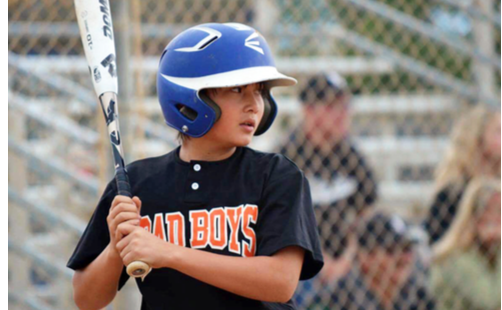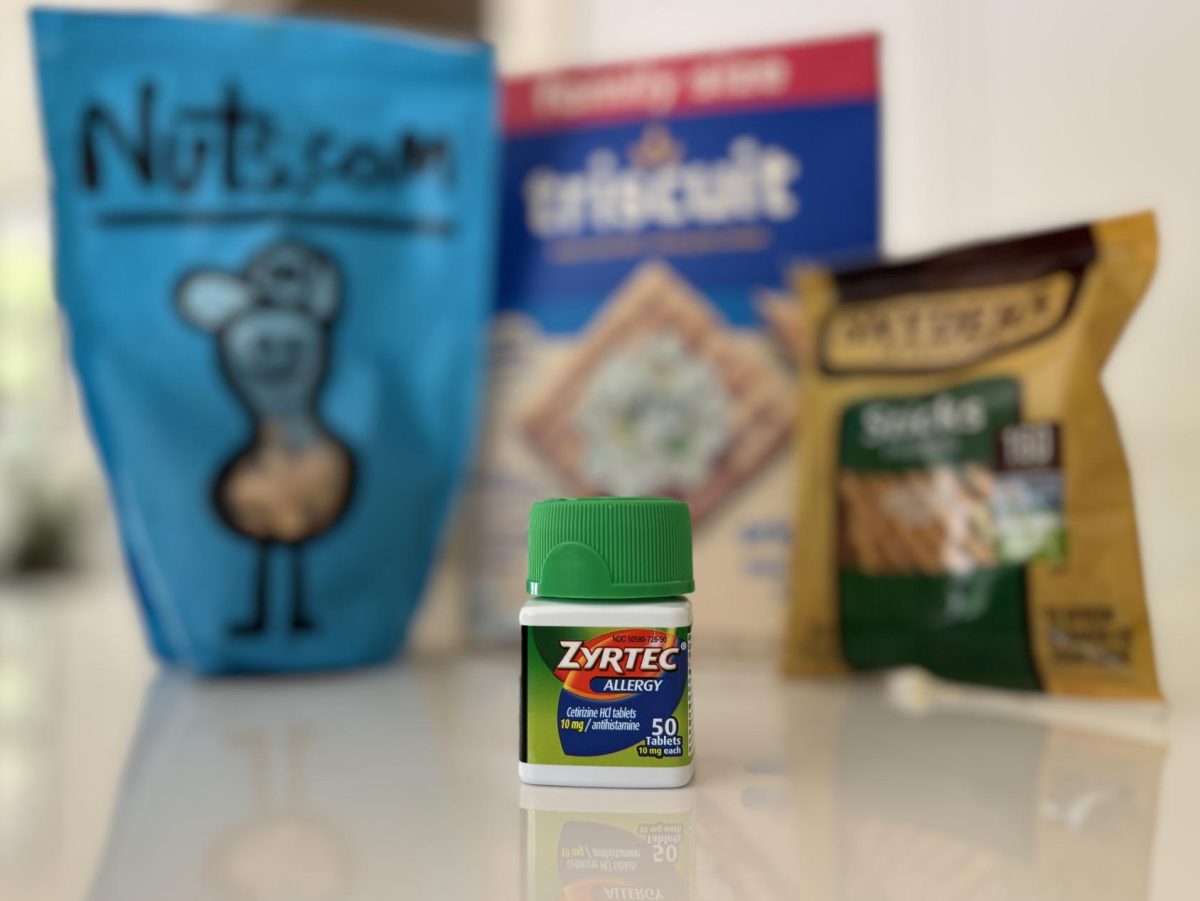I knew I should stop throwing. My body knew I should stop throwing. But for some reason, I still put on my uniform and stepped out onto the field.
I began playing club baseball competitively when I was 10. I practically threw the ball every play as a pitcher and when I wasn’t pitching, I was catching. With tournaments almost every weekend and practices throughout the week, I threw hundreds of baseballs, leaving no time for my arm to rest. Although my arm became sore, I refused to let it affect me, until one day the throbbing pain would just not stop.
In any sport, being injured isn’t taken lightly. Everyone hears stories of people whose careers ended because of preventable injuries. Despite these stories, I still ignored my body. I was in denial. I always told myself it’d be better tomorrow as I threw on some more Tiger Balm and took an aspirin. In reality, the more I denied the burning and played through the pain, the worse my body got.
My coach became aware of my injury. Instead of making me pitch or catch, he put me at positions like outfield and second base. I thought everything was going to be okay. By that point though, the damage had already been done.
The few times I did throw, my arm was writhing in pain, and once I finally went to the doctor, I found out that I had tendinitis in my right elbow. I refused to realize that if I continued to throw, I could seriously injure myself and potentially end my career. For the next six months following the diagnosis, I went through extensive physical therapy. As a result, my coach took me off the field against my will, a sixth grader reluctant to take himself out of the game.
I wasn’t playing baseball anymore. Although it was relaxing at times, what used to be a glove and a ball in my hand turned into hours of frustration and anger as I sat at home and “rested.” I missed playing, and I missed being with my team. I was afraid I would be forgotten, and that once I got back with the team I would become a stranger to my own sport. My teammates were growing stronger than me. On the other hand, specifically my right hand, I was sitting on my bed curling a five-pound dumbbell for my physical therapy. It wasn’t until my sophomore year that I realized the severity of the pain I felt in my arm.
Through a sprinkle of rain, I watched my teammate stand on the mound as he stared down the batter. He began his motion. His arm whipped forward like usual, but as he released the ball, his arm moved in the opposite direction of his body, and his ulnar collateral ligament tore.
His right arm dropped immediately and dangled, moving independently from his body. All he could do was wince and hold his detached arm as he walked off the field for the last time. My sophomore year I witnessed my teammate end his baseball career in front of the eyes of 30 college coaches. Before witnessing this, if it were me up on that mound, I would’ve hurt myself the same way, and I almost did.
The reason athletes develop the mentality to play through pain is because nobody wants to be “that guy” – the one who tells the coach his arm is hurting and who has to watch the game from the bench while guilt eats him away. It’s boring to sit on the bench in a warm hoodie filling out the scorebook as I watch my teammates smile and have fun. Even when the team is getting slaughtered, I’d rather be getting slaughtered with them.
So yes, I ended up being “that guy,” the guy who sat out of many games and practices to heal. I understand why my teammate stayed in the game even though with every pitch thrown he could feel his arm fall apart. But now, I want to be smart enough and brave enough to be “that guy.” Because he is better and smarter than the rest of the players. In the moment it may not seem like it, but in the end, “that guy” will still be playing while his teammates cheer him on from the stands.








